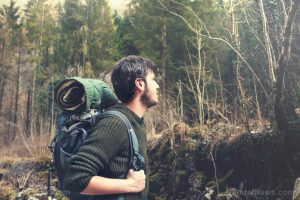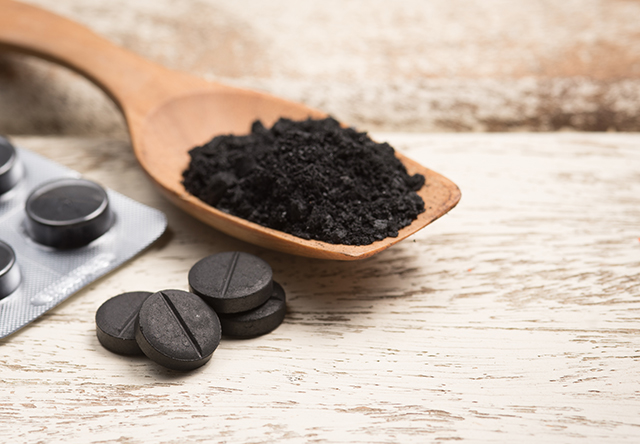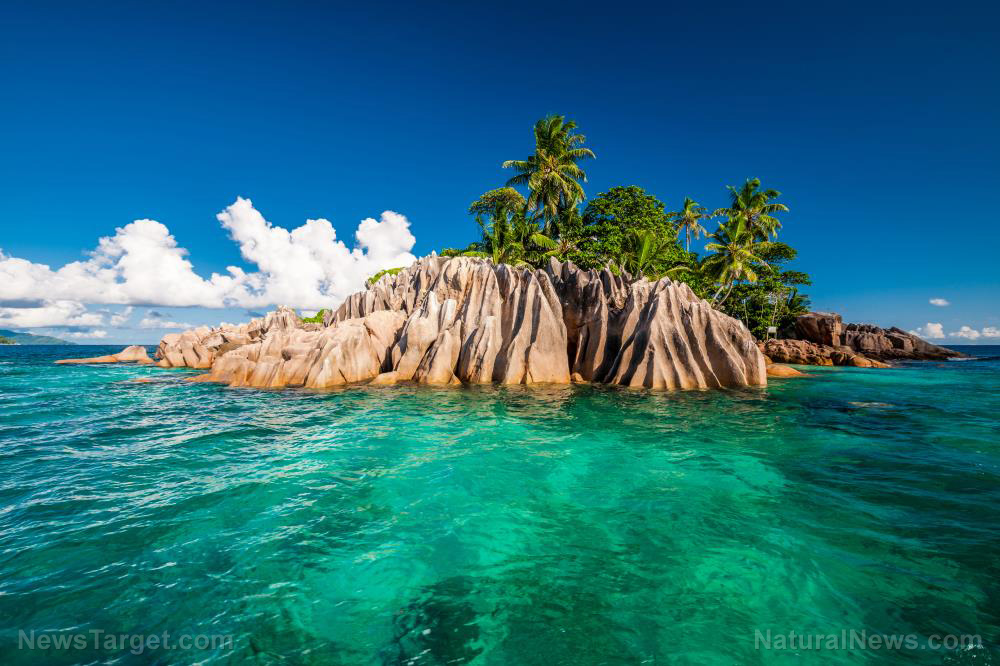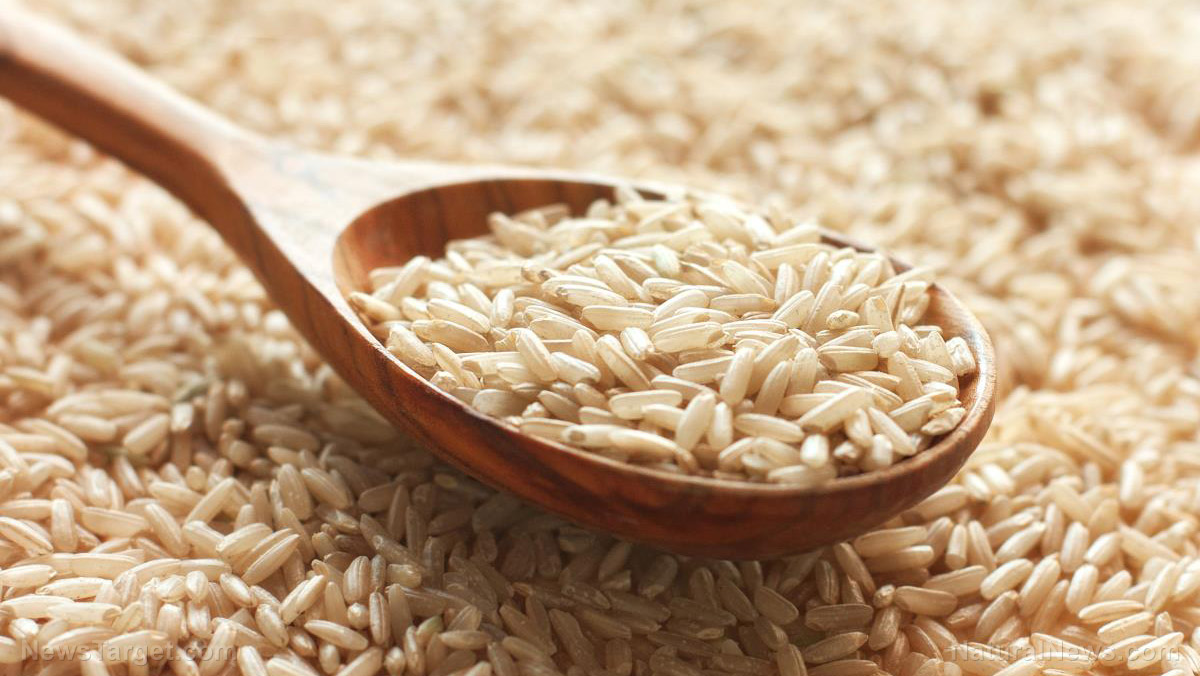8 Ways to survive without water and prevent dehydration when SHTF
08/23/2021 / By Zoey Sky

Water is crucial to your survival, especially in a post-SHTF scenario. If you’re stuck in the wilderness without any water, you can prevent dehydration by monitoring your water supply and learning how to find water in the wild. (h/t to ProperSurvival.com)
Why is it important to stay hydrated?
Drinking enough water keeps your body hydrated. It also helps your heart pump blood to your muscles more easily. This means that staying hydrated helps your muscles work efficiently.
If you’re dehydrated, you heart has to work harder to pump blood. When you don’t drink enough water, you may experience side effects like swollen feet or a headache and even life-threatening illnesses like heat stroke.
If you don’t drink enough water, your body will start to shut down. This means your organs will cease to function as your cells start to shrink.
Your kidneys need water to function properly, and kidney failure caused by dehydration starts with a signal from your brain to urinate less. This forces your kidney to work harder, which can cause wear and tear.
If your kidney isn’t in peak condition, you body can’t eliminate waste in your blood supply.
How long can a person survive without clean drinking water?
In general, a person can survive for at least three days without water before experiencing a decline in their bodily functions. But this isn’t always the case for other people. The following factors can also affect how long you last without water:
- Age
- Activity level
- Environmental factors
- Nutrition and diet
- Health condition
At higher altitudes, the dryer air and lower moisture levels can increase your risk of getting dehydrated because you may be breathing harder and faster. Dehydration may also set in faster if you’re sick. Conditions like vomiting, diarrhea or high fever may increase your dehydration risk.

Dehydration symptoms to watch out for
If SHTF and you don’t have enough water to drink, watch out for the following symptoms of dehydration:
Mild to moderate dehydration:
- Constipation
- Decreased urination
- Dizziness
- Dry mouth
- Dry skin
- Fatigue
- Headache
- Increased thirst
- Less tear production
- Lightheadedness
Severe dehydration:
- Dark urine
- Excessive thirst
- Lack of sweat production
- Low blood pressure
- Rapid breathing
- Rapid heart rate
- Shriveled skin
- Sunken eyes
Severe dehydration is a medical emergency. Seek medical help immediately if you experience these signs and symptoms. If medical aid is unavailable, look for a source of clean drinking water.
Dehydration as a medical emergency
Children and the elderly need immediate medical treatment even if they only show symptoms of mild dehydration. Anyone belonging to any age group who shows the following symptoms requires immediate medical care:
- Bloody stool
- Diarrhea for three or more days
- Disorientation
- Inability to keep fluids down
- Severe diarrhea
If you’re dealing with a survival scenario and you experience symptoms of mild to moderate dehydration, drink water as soon as you can to see if your symptoms will disappear. If you’re outdoors, find shade and sit down to rest. Drink water slowly until one or more of your symptoms subside.
If you think you’re dehydrated and struggle to drink fluids, take small sips and gradually increase the amount. Use a spoon if you’re also having trouble swallowing.
Note that the daily recommended amount of fluid intake for men and women is 131 ounces and 95 ounces, respectively. This already considers your overall water intake, including food and beverages. The amount can also increase or decrease, depending on your activities for the day.
What to do if you run out of water
If your water supply runs out in a post-SHTF world, stay calm. Panicking will increase your energy and time expenditure. Next, assess your situation. If you have the energy to move and search, start looking for the nearest source of clean water.
You’ll be fine if you don’t drink more water within a couple of hours, although you may feel uncomfortable. If you’re not sure where to look, follow livestock — that will usually lead you to one.

8 Ways to survive without water and prevent dehydration
Try these eight suggestions to prevent dehydration when SHTF and you don’t have any more water.
Check how much water you have left
If you’re bugging out when SHTF, make sure you bring enough water and have ways to find more if you run out. The American Public Health Association recommends storing at least one gallon of drinking water for every adult per day. You will need more water for cooking and bathing.
Regulate your diet
When bugging out, try to bring snacks that are high in water, like fruits. Berries, pineapple and watermelon can help you stay hydrated. Avoid sugary or processed foods because these will make you dehydrated.
Avoid sun exposure
When your body temperature rises, your body reacts by producing sweat so you can cool down. To prevent sweating and dehydration, stay in the shade.
Keep yourself covered up
Keep yourself cool and covered with light and cool clothes if you are in an area that doesn’t have a lot of shade. If you’re heading to the desert, note that it gets very cold at night. Bring clothes that can help regulate your body temperature.
Use plants as a water source
Plants need water to survive. This means the more vegetation you see, the higher the chance that you will find a water source nearby. Alternatively, you can dig into the base of plants to find water. Filter or boil the water before using.
If you’re in the desert, look for plants like cactus that contain a lot of water.
Search for signs of water
Look out for these signs of water:
- The presence of water encourages vegetation. Dark colored vegetation has been exposed to more water.
- Water will usually flow downhill.
- Animal trails will converge towards water.
If all else fails, source water by collecting dew or melting snow. If you follow animals and find water, collect water a couple of meters from the animals because they usually urinate and defecate from the same spot that they drink.
Alternatively, you can follow insects and birds to find water. Birds that fly straight and low may lead you to a lake or river.
Learn how to filter water for purification
Don’t drink impure or unfiltered water that may contain bacteria and viruses that can make you sick, which will make your situation worse. If you lose your tools and gear when SHTF, use a clean piece of cloth to filter water. The material will help prevent solid particles from passing through. (Related: Prevent dehydration when SHTF by learning how to find and purify water.)
Soak your clothes if the water is too dirty to drink
If you find water that you can’t drink, like seawater, you can still use it to stay cool by soaking your clothes in it.
If you find a creek or river, take a dip to cool off. Pour some over your head, too. Keep a bandanna in your survival gear and soak it in water, then wring it over your body when possible so you can stay cool. Soak it again and wear it around your neck until it dries to keep cool.
Drinking enough water is key to preventing dehydration. Learn how to find and filter water so that when SHTF and you’re in the wilderness, you can stay hydrated and avoid dangerous symptoms like fatigue and lightheadedness.
Sources include:
Tagged Under: bug out, clean water, dehydration, how-to, off grid, preparedness, prepping, prepping tips, purifying water, self-reliance, SHTF, survival, survival skills, Survival Tips, water, water filters, water purifier, water supply
RECENT NEWS & ARTICLES
COPYRIGHT © 2017 PREPAREDNESS NEWS




















